Tortilla Española - A Chip off the Old Block
Traditional tortilla Españolas are probably the most common item in tapas bars throughout Spain and the rest of the world.
In Spain, tortillas are the Iberian equivalent of Italian frittatas, which use beaten eggs to bind all the ingredients together. Spanish tortillas use sliced potatoes and onions as the main ingredients and are sometimes further embellished with small bits of Serrano ham and/or piquillo peppers. In our house, frittatas are a catch-all for rendering leftovers into something new for dinner.
Making a traditional tortilla Española is relatively simple, with one tricky cooking maneuver. The sliced potatoes and onions are lightly cooked in a generous amount of olive oil until the potatoes are soft. Several eggs are then beaten and mixed with the potatoes, onions, and any other ingredients you are using. The whole mixture is then placed in a well-oiled non-stick skillet and cooked over medium-low heat, allowing the eggs to become set and firm. The skillet is shaken to keep the bottom from sticking. When most of the mixture is cooked, you slide the whole thing onto a large plate, invert the skillet over it and, using oven mitts, take a deep breath while mustering up all your courage and flip the plate and skillet so the mixture falls back into the skillet to cook the top. Whew!
Now that you’re all jittery, I have a cheater’s alternative. At the time you would normally flip the whole thing, simple put the skillet in a 400º F oven and continue until the middle of the top is firm and fully cooked.
Now that we know how a traditional one is constructed, let’s update it using thick-cut Kettle Chips in place of fresh potatoes. That’s right: thick-cut, kettle-fried potato chips. This is where a traditional, by-the-book Spaniard would scream, “Profanación!”
I wish I could claim this innovative shortcut as my own but I can assure you that it came from a chef very high up in Catalan cuisine. Chef Ferran Adrià offers us this audacious update in his cookbook Cocinar En Casa (El Bulli, 2003). The recipe printed in Saveur in October 2012 suggested using thick-cut potato chips, Serrano ham or prosciutto, and canned piquillo peppers. This Oregon baby will have Kettle chips, chorizo from Olympic Provisions, and some beautiful roasted pimentos from Gathering Together Farms, all held together with organic, free-range eggs.
Tortilla Española with Chorizo and Roasted Pimento Peppers
Adapted from a recipe in Saveur, October 2012
Although traditionally served as an appetizer in tapas bars, we make this into an entrée along with a good salad and some sourdough or rustic bread.
Ingredients:
- 3 or 4 pimento peppers or 2 large red bell peppers, roasted, peeled and cut into slivers
- 3 tablespoons olive oil, divided
- 1 small onion, sliced
- 8-10 large eggs, beaten
- 5-6 ounces of Kettle chips or other thick-cut potato chips, crushed
- 4 ounces hard Spanish-style chorizo, sliced thin and slivered
- 2 teaspoons fresh thyme leaves, chopped
- Fresh ground pepper to taste
Method:
- Preheat the oven to 400º F.
- Roast the peppers over the flames of a gas range or on a baking sheet in a hot oven.*
- Place the roasted peppers in a deep bowl with some very hot water, cover and allow them to steam for about 20 minutes.
- Peel and slice the peppers.
- Heat two tablespoons of oil in a non-stick skillet and sauté the onions until soft, about 3-5 minutes.
- Beat the eggs in a large bowl.
- Add the crushed potato chips to the eggs, mix thoroughly, and allow chips to soak for about 20 minutes.
- Mix in the peppers, onions, chorizo, thyme, and fresh ground pepper.
- Heat the remaining tablespoon of olive oil in a 10-inch non-stick skillet until hot.
- Pour in the tortilla mixture and even it out with a rubber spatula until level.
- Cook over medium-low heat for several minutes for the lower part to brown and set.
- You can peek at the bottom by prying a bit up with your spatula to check on doneness.
- Place the skillet in the hot oven and continue cooking until the top is firm and set. Check by pressing lightly with your spatula.
- Using oven mitts, remove the skillet to a trivet or the cook-top to cool slightly.
- Slide onto a serving platter and serve with garlic mayonnaise on the side.
Garlic Mayonnaise: For each ½ cup of mayonnaise, add 1 large clove of garlic pounded to a paste with a mortar and pestle. Mix in a teaspoon or so of good olive oil and serve on the side.
* There are several methods for roasting fresh chiles. Most often I place them on the burners of my gas cook-top and turn frequently using tongs. I go after the nooks and crannies using a blow torch like the one used for defrosting frozen pipes. Click here for an Internet tutorial.
¡Buen apetito!
— Charles
Category: Appetizers
About the Author (Author Profile)
Music, food and photography are at the center of Charles’ life. He performed with the Dallas Symphony, Dallas Opera and was assistant principal bassoonist with the Fort Worth Symphony for more than 20 years. When Charles and Victor moved to Baltimore, Charles created Lone Star Personal Chef and Catering Service and taught cooking classes at Williams-Sonoma. Now in Salem, Charles is a Realtor with Coldwell Banker Mountain West Real Estate, taught cooking classes for children at the A.C. Gilbert Discovery Village, and owns and operates Charles Price Photography. Charles and Vic enjoy entertaining and frequently host dinners as fundraisers for local non-profits and charities
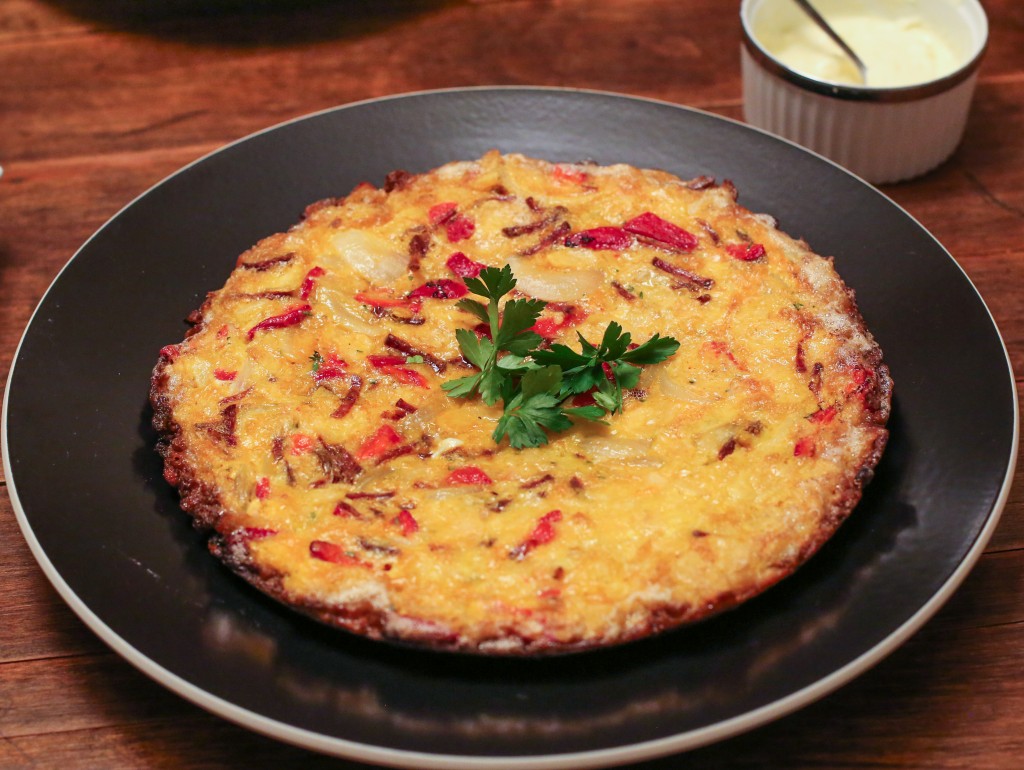






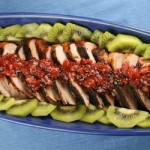
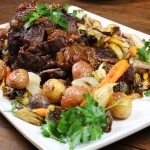
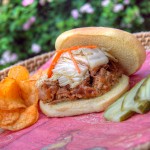
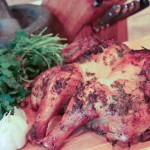


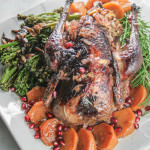
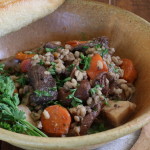
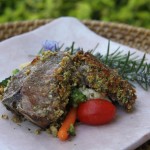

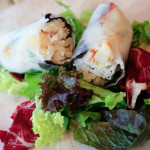


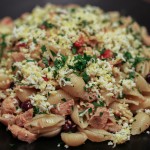

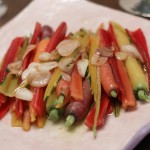
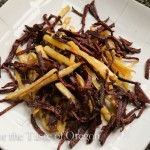


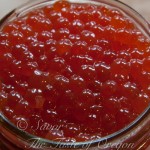
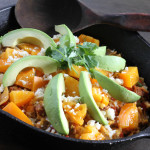

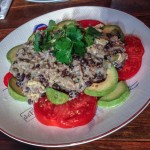








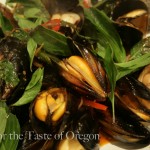
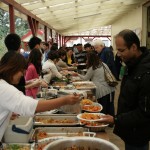





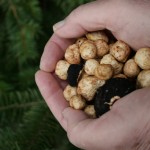




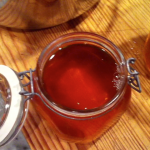











It is wonderful to be a taster at Charles’ and Victors’ table. This was delicious!
Sorry but with this recipe you will get a Spanish omelet as bad as my English. Although you can “fill it” in many ways (internet searches omelette with chorizo, tortillas countrywoman ….) the original is with potatoes, eggs, onion, extra virgin olive oil and a little salt. You only need to do this and with time and love.
You can put the omelet with fried green peppers (in extra virgin olive acite, of course) as an accompaniment or ali-oli.
I leave two videos, one that explains how the Spanish omelet (it is in Spanish, sorry). What is important is the potato and fry the onion over low heat (do not have to fry), beat the eggs and finally when he gets back in the pan should be very hot fire. In another video explains how it is ali-oli
Tortilla española: http://youtu.be/w_3YM-DZVOE
Ali Oli: http://youtu.be/BclYmtOuqwk
Pedro - Thank you for your information on original Spanish omelets. I’m guessing you did not read the whole post where I state that this is in no way a traditional Spanish omelet or tortilla. Even its creator, Chef Ferran Adrià - chef of the now closed El Buli, called it an “audacious update” and published it in his book cookbook Cocinar En Casa (El Bulli, 2003).
Did you make it since you said the recipe was as bad as your English?
WHAT? NO Onions? are you NUTS? every potato and egg dish needs onions! it’s part of what makes it so yummy! LOL I’ll reluctantly try it your way, but I don’t expect it’ll be nearly as good. I make this same dish very often but in Pennsylvania dutch country it’s just called potatoes and onions with eggs, a depression era supper I imagine. we just call it quick and easy comfort food in our family. Try adding a sausage to it sometimes. very flavorful.